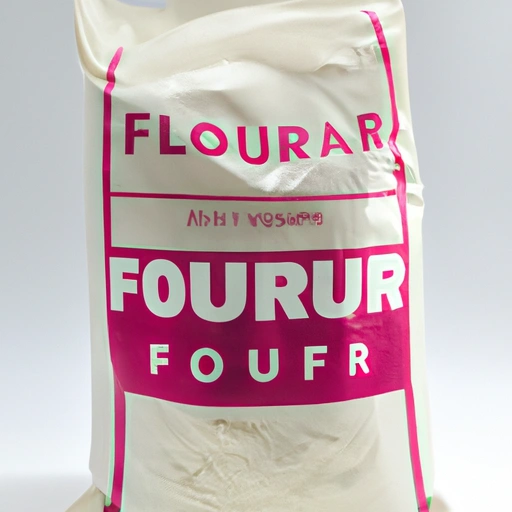All-Purpose Flour
Description

All-purpose flour is a staple ingredient in pantries around the world, known for its versatility and widespread use in both sweet and savory recipes. This type of flour is made by grinding wheat kernels into a fine powder, and it is designed to be a middle-ground between the high-protein content of bread flour and the low-protein content of cake flour. All-purpose flour usually contains a protein content between 9% to 12%, making it suitable for a broad range of recipes.
In American units, all-purpose flour is typically measured in cups, with one cup equaling approximately 120 grams or 4.23 ounces. In European or metric units, it is commonly weighed in grams or kilograms. For Azjan units, conversion charts are available for adapting recipes to local measurements.
Common uses
All-purpose flour is used as a thickening agent for sauces and gravies, as a coating for fried foods, and as the primary ingredient for breads, pastries, and pasta. It's also employed in the creation of roux, a mixture of flour and fat that's foundational in many culinary traditions. The flour's balanced gluten content makes it ideal for a variety of baking and cooking needs without the necessity for specialized flours.
Nutritional value
Calories
One cup (120 grams) of all-purpose flour typically contains about 455 calories.
Protein
Each cup provides roughly 12.9 grams of protein, essential for muscle building and repair.
Fat
All-purpose flour is low in fat, with one cup offering about 1.2 grams.
Carbohydrates
Carbohydrates are abundant in all-purpose flour, with one cup containing around 95.4 grams.
Vitamins
It is enriched with B-vitamins, particularly folate, which is crucial for energy metabolism and the production of DNA.
Minerals
The flour also provides minerals like selenium, iron, and manganese, contributing to various body functions including immune system support and red blood cell formation.
Health benefits
Consumed in moderation, all-purpose flour can contribute to a balanced diet. Its protein content supports bodily functions, while the B-vitamins help maintain energy levels. However, whole-grain flours are generally recommended for a higher intake of fiber and nutrients.
Potential risks
Overconsumption of all-purpose flour, especially in processed forms, can lead to weight gain and spikes in blood sugar levels. Those with gluten sensitivity or celiac disease should avoid it entirely due to its gluten content.
Common recipes
All-purpose flour is the foundation for many baked goods, including bread, cakes, pastries, and cookies. It's also the base for homemade pasta, pizza dough, and a variety of sauces and batters.
Cooking methods
Baking, frying, sautéing, and boiling are common methods where all-purpose flour is used either as a main ingredient or for preparation stages such as dusting or thickening.
Pairing with other ingredients
This flour pairs well with baking ingredients such as yeast, baking powder, sugar, butter, and milk as well as with various spices, flavorings, and fillings based on the recipe requirements.
Summary
All-purpose flour is a truly versatile ingredient found in kitchens worldwide. Its balanced protein content makes it suitable for a wide range of cooking and baking applications. While it offers certain nutritional benefits, it should be consumed thoughtfully, especially by those monitoring their gluten intake or carbohydrate consumption. All-purpose flour is undeniably a cornerstone of culinary arts, providing structure and substance to our favorite dishes across various cooking traditions.